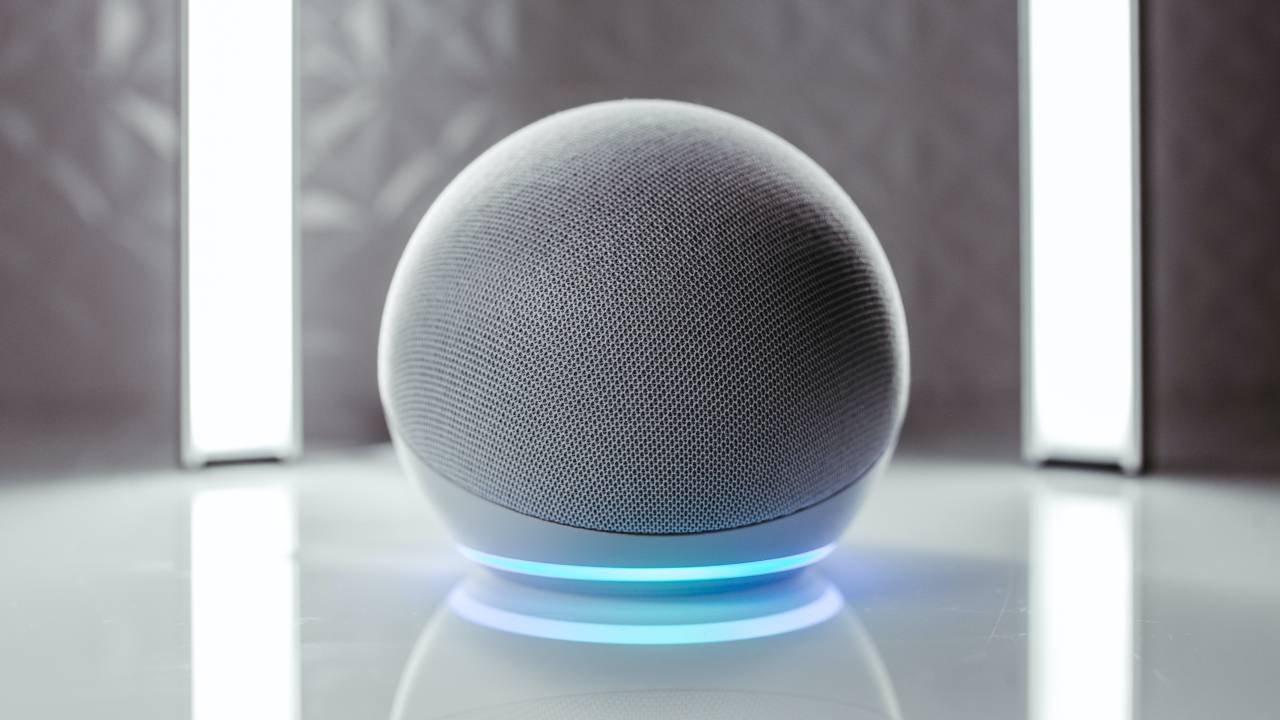

According to smart home statistics, there’s an estimated 300 million smart homes around the world. Having a few smart devices dotted around your rooms can make a huge difference to your productivity, communication and life in general. But with many smart home ecosystems to choose from, picking the right one for your household can be difficult.
One of the most popular digital assistants and smart home ecosystems is Amazon’s Alexa, which has around 71.6 million global users. Compatible with multiple devices and brands, including the majority of the best smart speakers, Alexa has quickly become the go-to hub for most smart homes… but how do you get started?
In T3’s new ‘how to start a smart home’ series, this guide will look at how to set-up your smart home using Alexa. Before we get started, check out the mistakes everyone makes with Alexa to stop you from doing the same thing.
What is Alexa?
Alexa is a virtual assistant technology owned by Amazon. Released in 2013, Alexa was first introduced to the Amazon Echo and the Echo Dot before expanding to other Echo products and smart home devices from different manufacturers.
Whether it’s built into your device or is compatible with it (more on that later), Alexa can do a wide variety of tasks which make your day-to-day life easier. Alexa can play music, set timers and alarms, make phone calls, read out recipes and organise your calendar. From a smart home perspective, Alexa can act as the ecosystem or hub for your smart home, and can identify and control compatible devices, like turning on lights, customising your heating and checking your security camera footage.
Alexa can be controlled, connected and customised with the Alexa app that’s free to download and use. The app is a great way to create schedules and routines for your smart home devices, as well as access them while you’re out and about. Once everything is sorted in the app, you can use Alexa voice commands to request things from your devices by saying “Hey Alexa”.
What devices are Alexa-compatible?
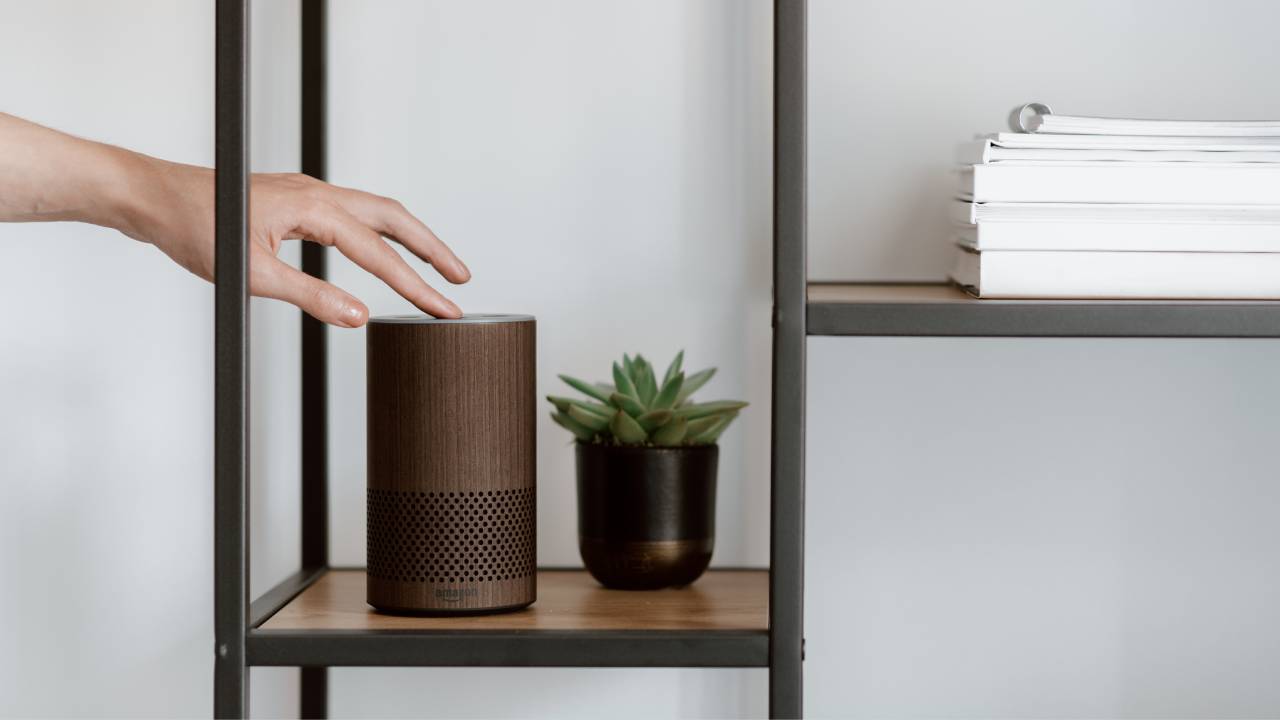
There are two types of Alexa devices. The first is where Alexa is built into the system and the other is where the device works with Alexa but isn’t an Amazon-made product. Examples of the former are mainly Amazon devices like Echo speakers and displays, Blink and Ring security products and Fire TVs. These products are the best way to use Alexa as they’re specifically designed with and for Alexa.
Sign up to the T3 newsletter for smarter living straight to your inbox
Get all the latest news, reviews, deals and buying guides on gorgeous tech, home and active products from the T3 experts
The latter are devices which are manufactured by a different company but can be used with Alexa. These include Philips Hue smart lighting, Ecobee and Tado smart thermostats, Sonos speakers, Arlo cameras, TP-Link smart plugs, Yale and Ultion Nuki smart locks, and many more. To find out if your product is compatible with Alexa, look out for “Works with Amazon Alexa” branding.
How to set-up a smart home with Alexa
If you’ve decided that Amazon’s Alexa is the ecosystem for you, here’s a step-by-step guide to setting up your smart home with Alexa.
Invest an Amazon device
First, you need to invest in an Amazon smart home product. As Amazon owns Alexa, it makes sense to start with an Amazon device that has Alexa built-in. This makes starting your smart home easier and more streamlined, and you’ll have immediate access to the Alexa app. I’d recommend choosing a smart display, like the Echo Show 15, as you can use it as your smart home hub which makes connecting devices simpler.
To set up your Amazon Echo devices, simply plug in your device, follow the manufacturer’s instructions and download the Alexa app. Setting up Amazon gadgets mainly involves selecting language and timezone, connecting to Wi-Fi, and naming your device. Once you’ve done that, you can connect your Echo to the Alexa app and you’re ready to go!
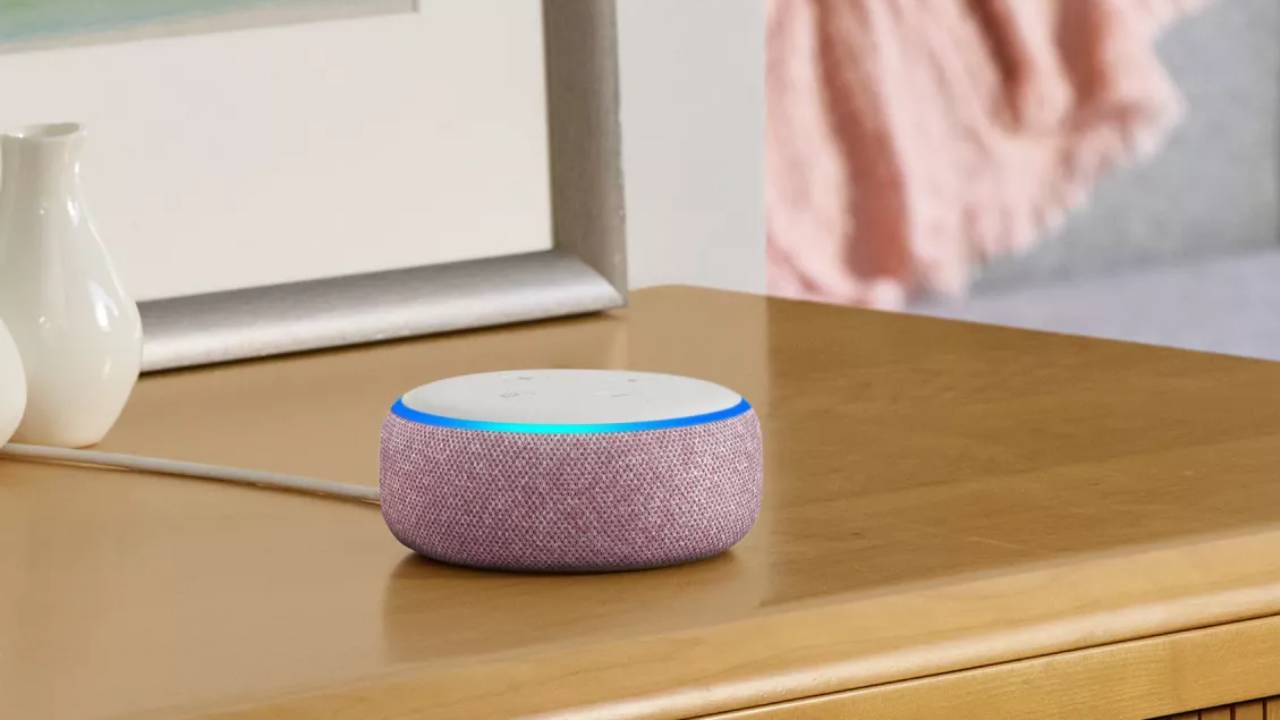
Add to your smart home with Alexa-enabled gadgets
Once you’ve got your first Alexa device installed, you can start expanding with more smart home gadgets. After your smart display, I’d first look into smart cameras from Ring or Blink as these have Alexa built-in. As of writing, Amazon doesn’t make its own smart lights and its Smart Thermostat is only available in the US. So, if you want smart lighting and heating, you’ll need to look into products that are compatible with Alexa.
Popular smart lighting and heating brands include Philips Hue and Tado. Both are easy to install, come with their own app and are compatible with Alexa. With this compatibility, you can connect your Philips Hue or Tado products to the Alexa app, so your ecosystem encompasses all your devices, making it easier to control your home.
To do this, plug in and turn on your smart home devices before adding them into the Alexa app. Open the app, select Devices, click + and Add Device. Choose your device type and brand, and follow the instructions. From there, your gadget should be added and you can create routines or turn things on and off using the app. Alternatively, you can say “Alexa, discover devices” to your hub.
Create personalised routines
Once you’ve installed and connected all your smart devices, you can set up routines and schedules. For example, let’s say when you wake up in the morning, you want to turn on your lights, play a podcast, set a timer for your workout and turn down your heating. Rather than shout “Hey Alexa’ multiple times to run through the changes you want made, put together a morning schedule in the app, so everything turns on and off how and when you want it to.
Look into ‘secret’ Alexa skills and commands
Other than “Hey Alexa, turn on the lights”, there are many different skills and commands that you can use with Alexa, from getting her to quote movies to telling you a fact of the day. Have a look into the different skills that Alexa can do and make sure to enable them in the app if you want to try them. Check out these Alexa commands for optimising your home security for more.
Buy the Amazon smart plug
Now that everything around your home is smart, it makes the things that aren’t smart a little boring! But not to worry, you can make your appliances smart with an Amazon smart plug. How smart plugs work is by adding voice control and commands to your electrical socket. Just plug in the Amazon smart plug, add it to the Alexa app and you can start using it – it’s that simple! The great thing about this is you can schedule your non-smart appliances like your coffee machine to turn on and off automatically and remotely.
And that’s how to set up your smart home using Alexa! Take a look at the best Amazon Echo deals in the widget below to get started.
If you're not sold on Amazon Alexa, check out our guides on how to set up a smart home with Google Assistant and Apple Home.

Beth is Home Editor for T3, looking after style, living and wellness. From the comfiest mattresses to strange things you can cook in an air fryer, Beth covers sleep, yoga, smart home, coffee machines, watches, grooming tools, fragrances, gardening and much more. If it's something that goes in your house, chances are Beth knows about it and has the latest reviews and recommendations! She's also in the know about the latest deals and discount codes from top brands and retailers.
Having always been passionate about writing, she’s written for websites, newspapers and magazines on a variety of topics, from jewellery and culture, to food and telecoms. You can find her work across numerous sites, including Wedding Ideas Magazine, Health & Wellbeing, The Bristol Post, Fashion & Style Directory, TechRadar, CreativeBloq and more. In her spare time, Beth enjoys running, reading, baking and attempting craft projects that will probably end in disaster!
-
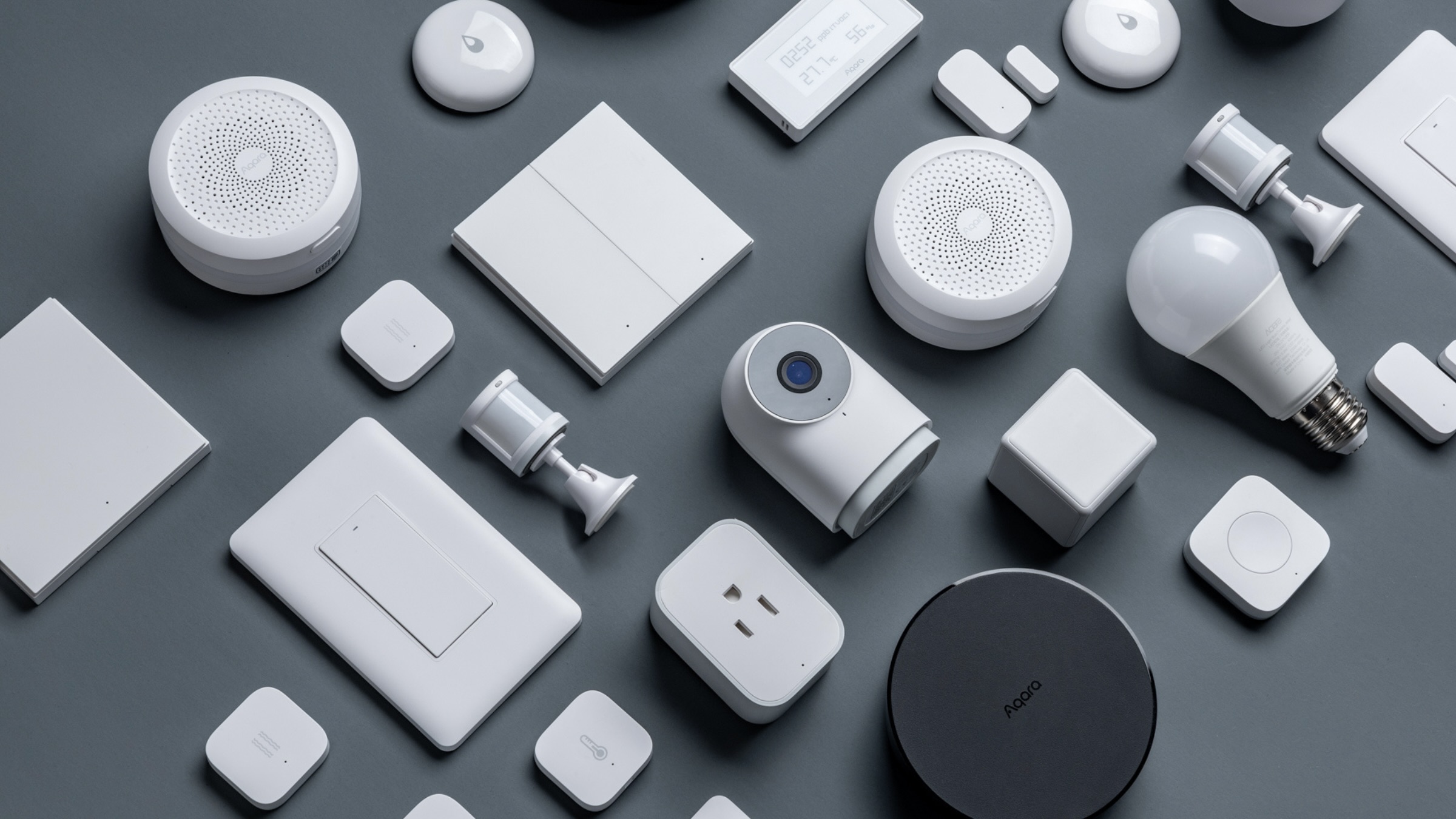 Aqara's smart home gadgets are finally becoming Matter-compatible
Aqara's smart home gadgets are finally becoming Matter-compatibleHere's everything you need to know
By Lizzie Wilmot Published
-
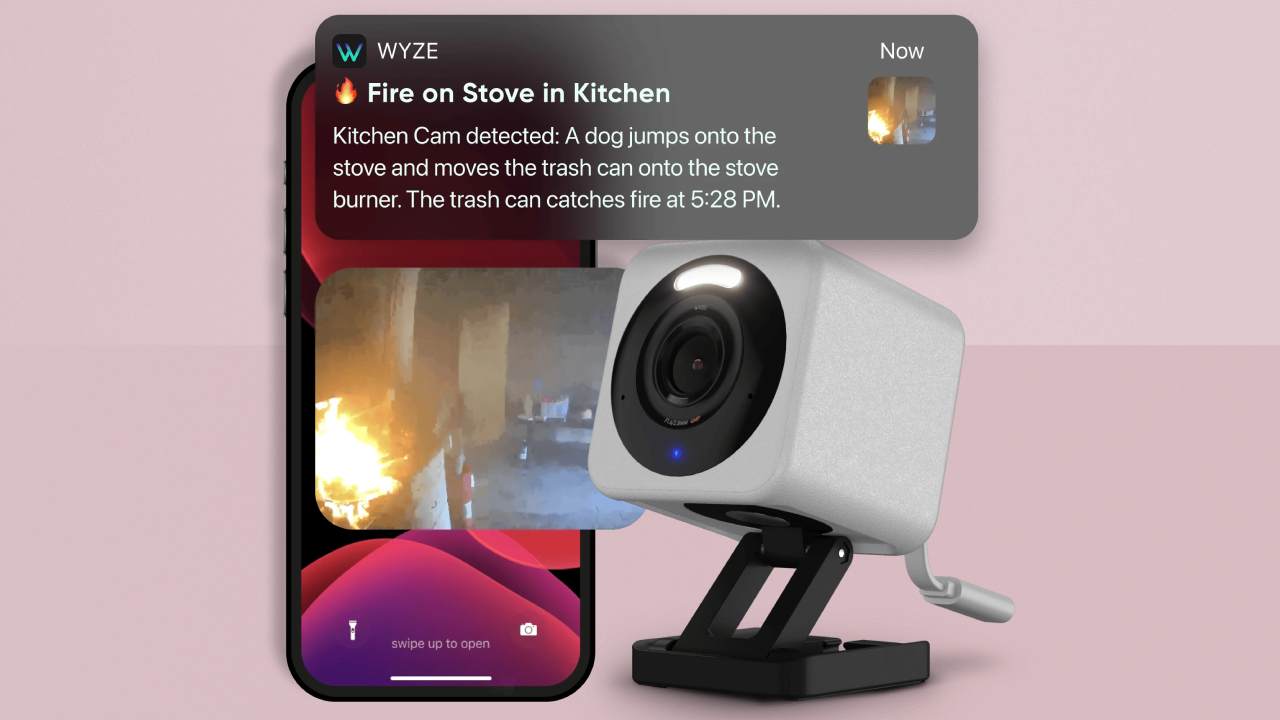 Wyze’s new AI feature only tells you the important things caught on your security cameras – here’s how
Wyze’s new AI feature only tells you the important things caught on your security cameras – here’s howWyze adds AI feature to its Cam Unlimited Pro subscription plan
By Bethan Girdler-Maslen Published
-
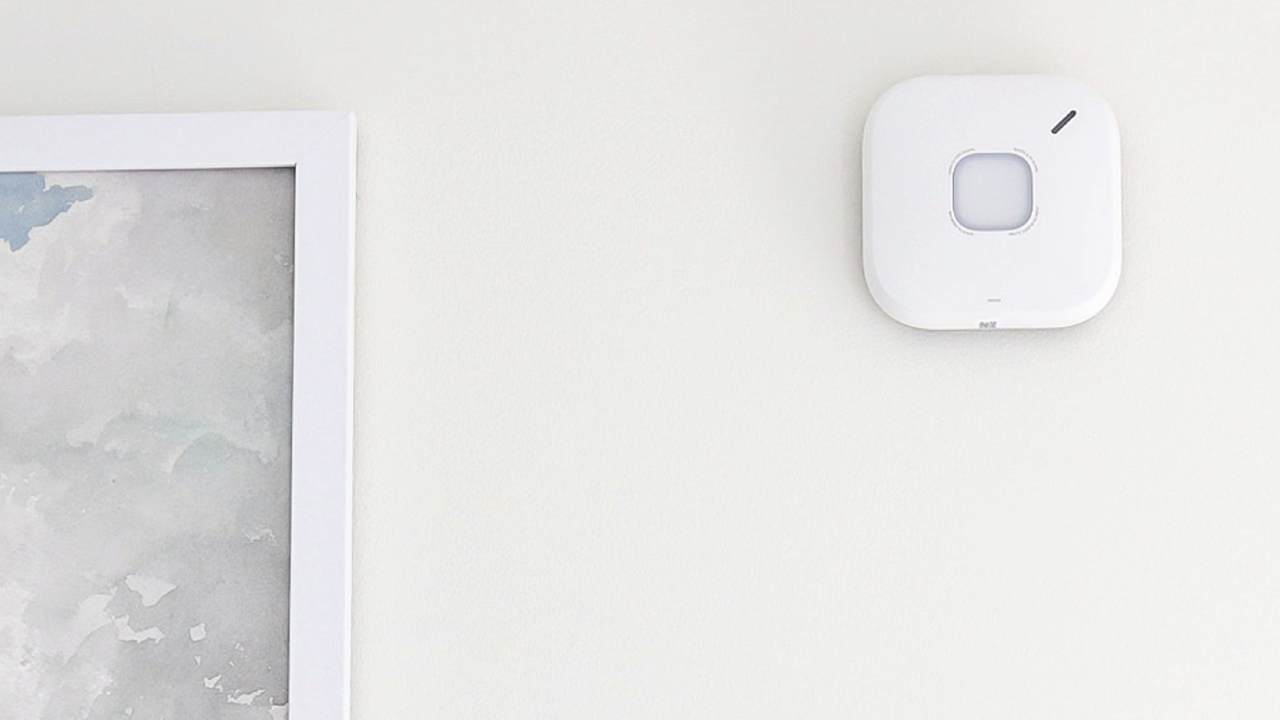 Google drops its Nest smoke alarms but First Alert has it covered
Google drops its Nest smoke alarms but First Alert has it coveredGoogle Nest partners with First Alert on smart smoke and CO alarm
By Bethan Girdler-Maslen Published
-
 Philips Hue Secure cameras get major battery life boost with latest update
Philips Hue Secure cameras get major battery life boost with latest updateIt's the first update in a while that solely focuses on Hue Secure products
By Lizzie Wilmot Published
-
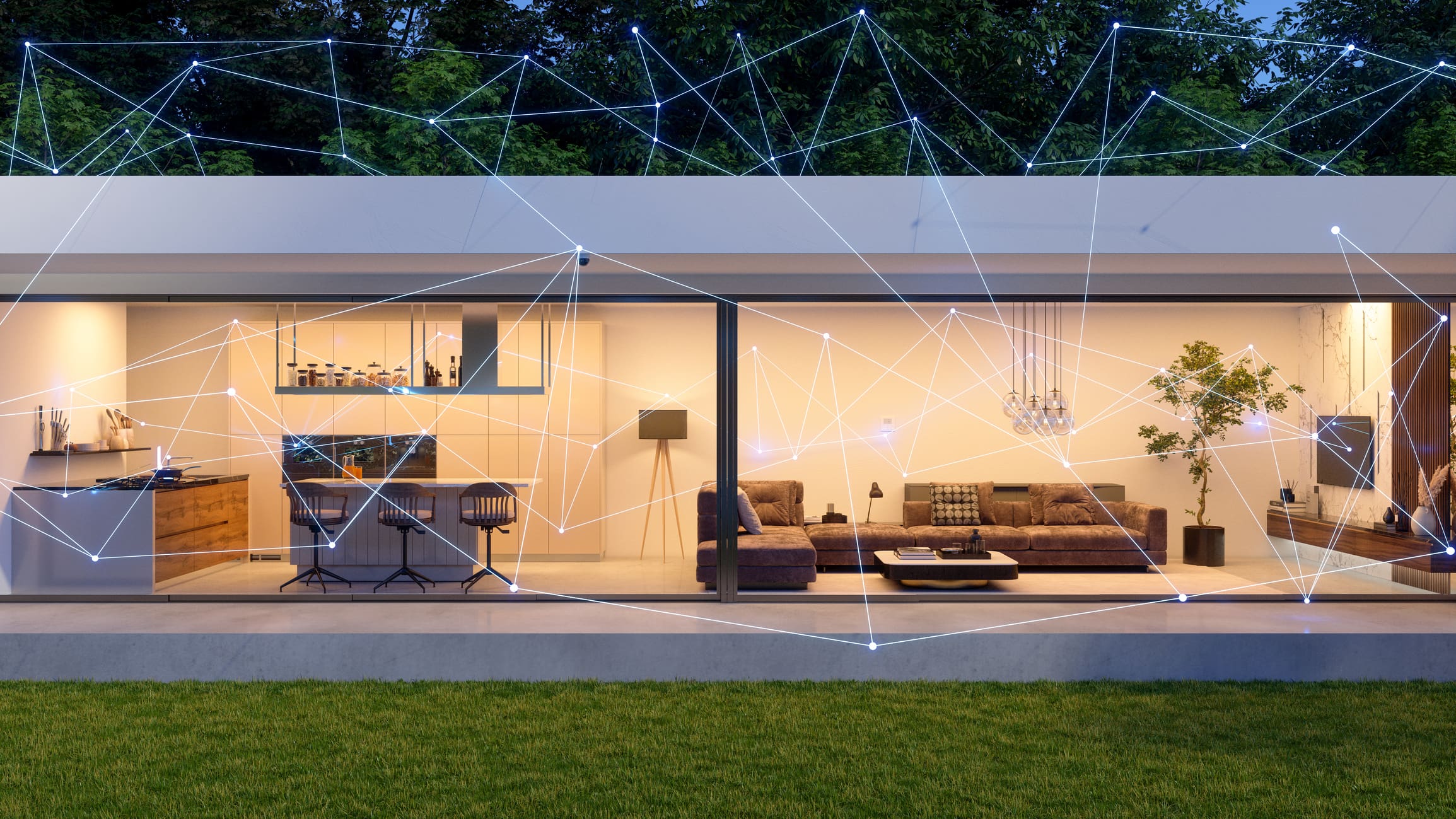 New Matter leak reveals exciting smart garden tools heading our way – a lot sooner than expected
New Matter leak reveals exciting smart garden tools heading our way – a lot sooner than expectedThat was pretty unexpected!
By Lizzie Wilmot Published
-
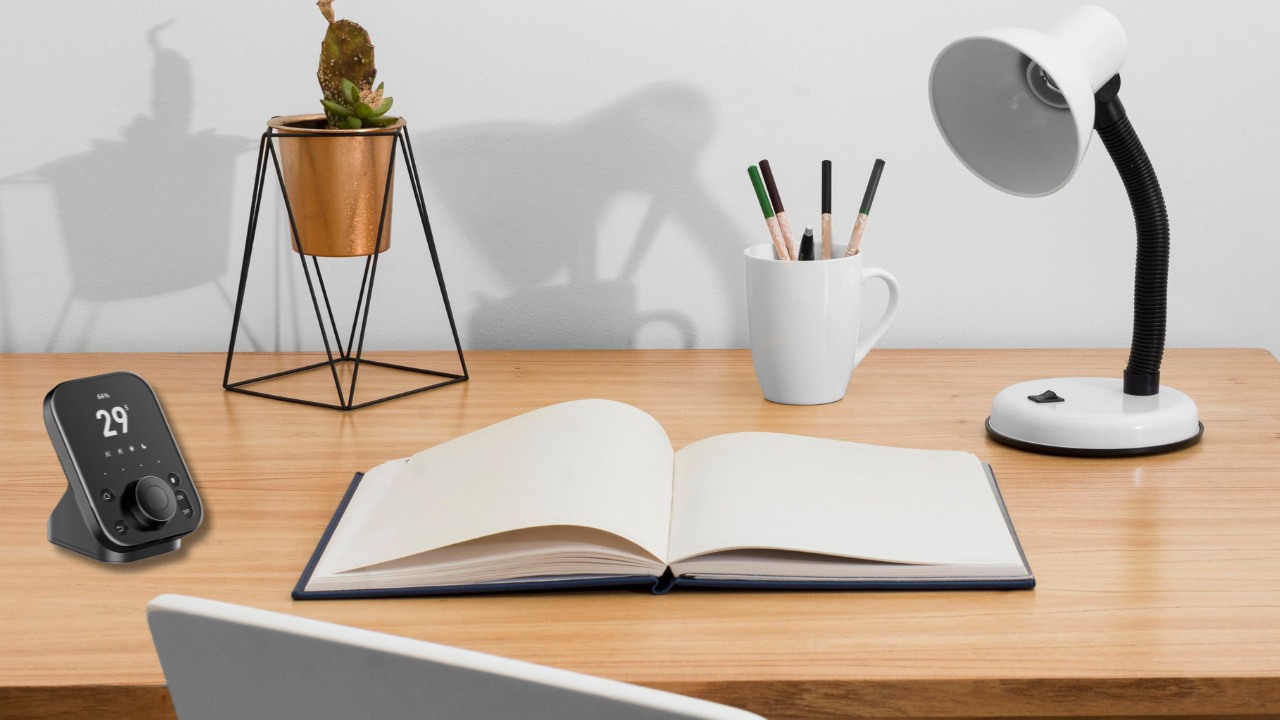 Setting up a smart home as a renter? You have to check out SwitchBot's new hub
Setting up a smart home as a renter? You have to check out SwitchBot's new hubHere's what we know so far
By Lizzie Wilmot Published
-
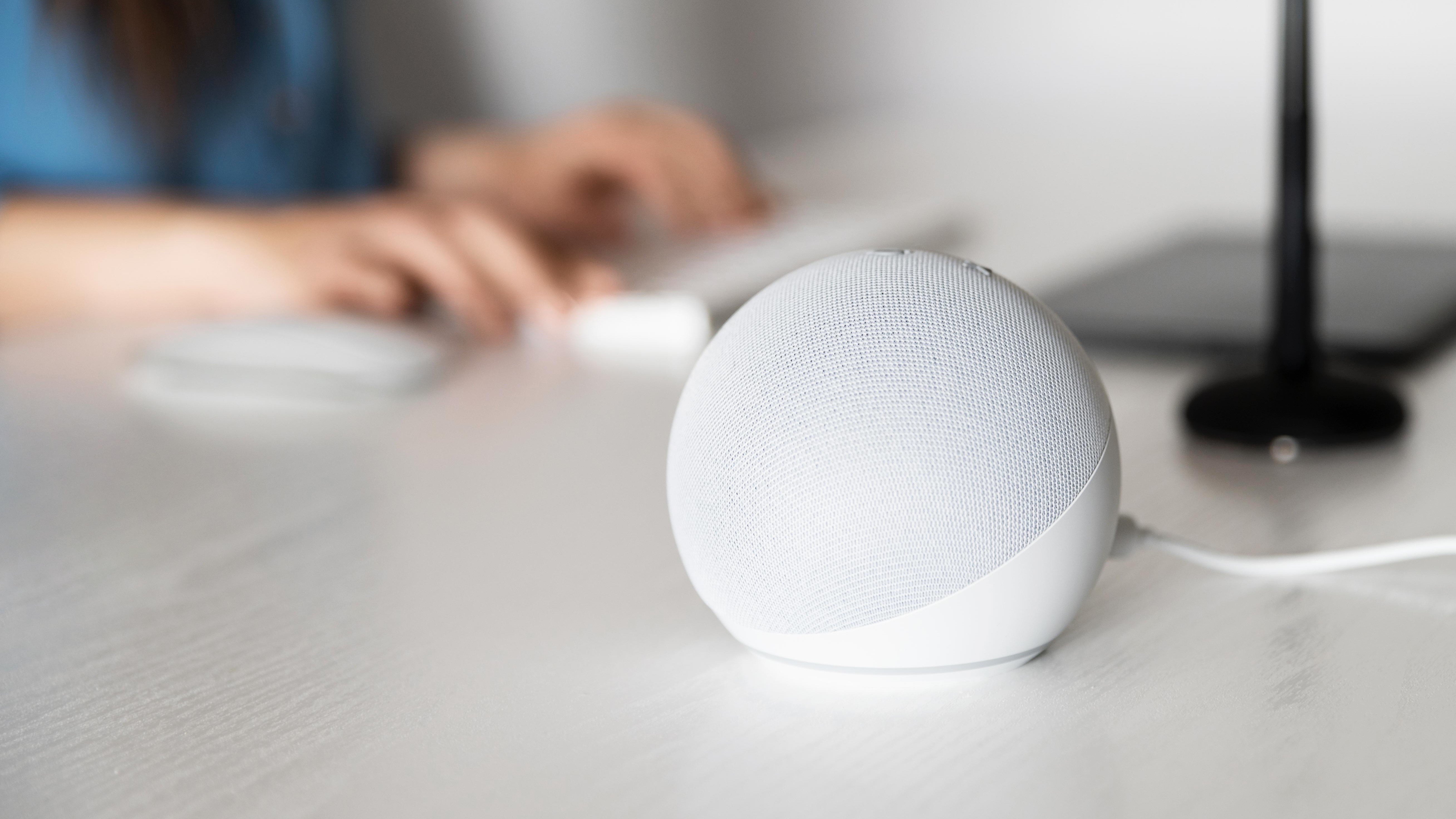 Starting a smart home? I'm an expert and this is the smart speaker you should buy
Starting a smart home? I'm an expert and this is the smart speaker you should buyIt comes down to three options
By Lizzie Wilmot Published
-
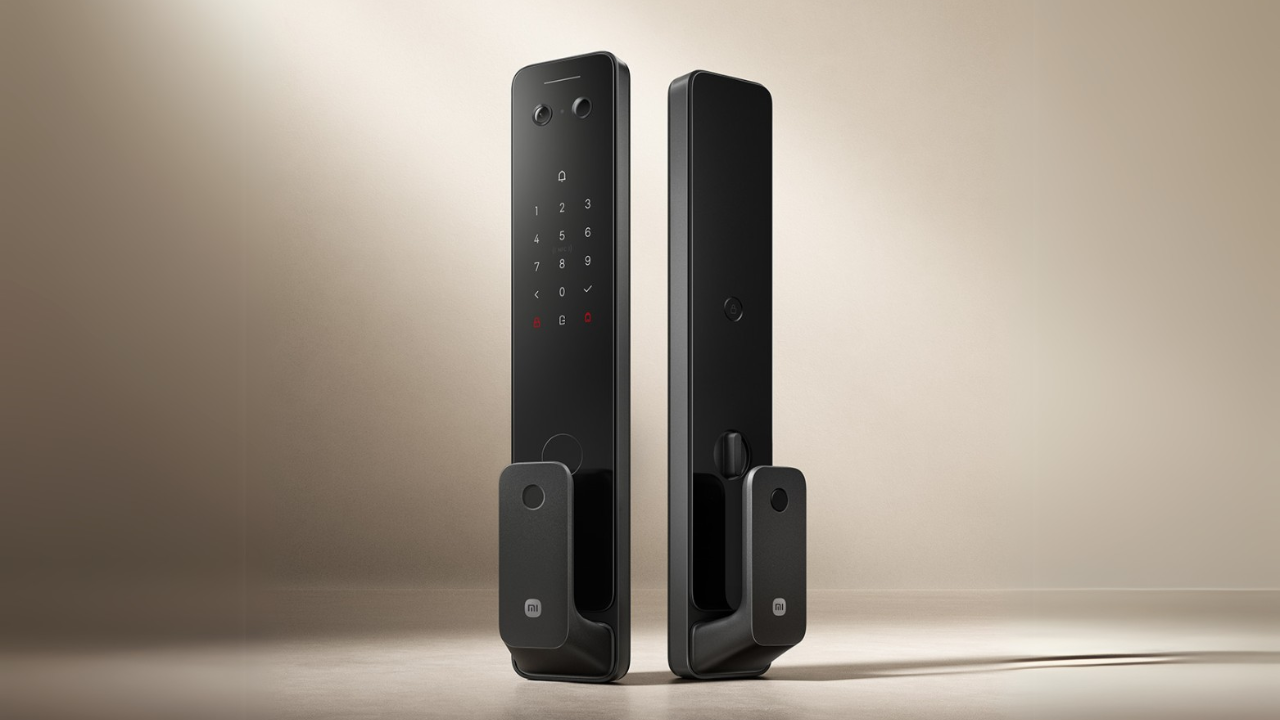 Forget keys – Xiaomi's new smart lock has you covered with 9 different entry modes
Forget keys – Xiaomi's new smart lock has you covered with 9 different entry modesIt's an all-in-one security solution
By Lizzie Wilmot Published

